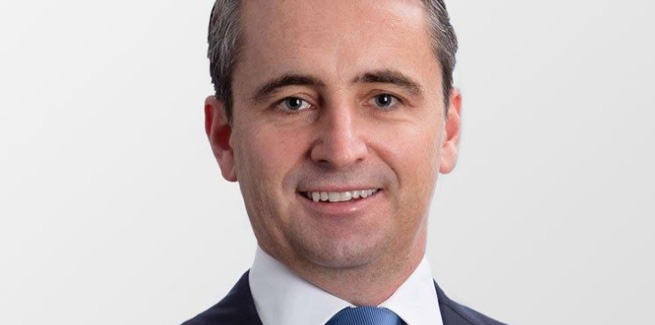The Commonwealth Bank of Australia (CBA) has published its financial results for the first half of the 2020 financial year (HY20), posting a cash net profit after tax (NPAT) of $4.47 billion, down 4.3 per cent on HY19.
The decline in the bank’s net earnings was driven by a 2.6 per cent increase in its operating expenses to $5.4 billion, while its operating income was flat at $12.4 billion.
However, underlying the bank’s HY20 performance was growth in its home-lending business, with volumes up 8 per cent on the previous corresponding period, from $49 billion in HY19 to $53 billion.
CBA Group’s total mortgage portfolio grew by approximately $17 billion, from $455 billion to $472 billion – 1.5 times above system.
This follows the release of the latest data from the Australian Prudential Regulation Authority (APRA), which revealed that CBA far outstripped its big four peers in the December quarter
Reflecting on the result, CBA CEO Matt Comyn told investors that he was “surprised” by the group’s home-lending performance, which he described as “unusual” given the bank’s size.
“I’ve not seen [this level of growth] since the GFC, it surprised us that it’s persisted,” he said.
Mr Comyn attributed the bank’s performance in the mortgage market to “consistency” in its home loan approval process, pointing to similar trends reported by Macquarie Bank.
“The main driver [of the growth] is that we’ve been very consistent around operational execution and turnaround times,” the CEO continued.
“One of our other competitors gave a briefing, [and] similarly we’ve seen that they’ve done a very good job around operational execution.
“There’s been greater variance in the market, and so those that have been consistent [have] been rewarded because others haven’t, particularly in the broker market, because that’s where flow has shifted between institutions, which is always the case.”
Mr Comyn added: “Brokers will move to institutions where they know they will get speed to decision in the same day or within 48 hours, versus perhaps waiting much longer than that.”
CBA’s growth coincided with an increase in the proportion of new loans originated via the broker channel, from 45 per cent to 48 per cent.
However, Mr Comyn does not expect the bank to sustain similar levels of home-lending growth in the second half of FY20.
“I feel like we’ve had a good start to the year, so I feel good about January and February, but we wouldn’t expect our volume performance in home lending to persist at these levels,” he said.
CBA to roll out new product
Following the release of CBA’s HY20 results, Mr Comyn also revealed that the bank plans to roll out a new product to home loan customers this month.
The CBA CEO told Mortgage Business that the product, Home Loan Compassionate Care, would provide mortgage customers with 12 months of cover in the event of serious illness or death.
“It’s a product that we’ve looked at for some time as part of our long-term partnership with AIA,” he said.
“We took the opportunity to develop what we believe is a market leading product. I’ve personally dealt with a number of [customers] who I think would personally benefit from a product such as this.
“We intend to make it free and available to all of our customers.”
Mr Comyn said the bank would provide additional information about the initiative following the launch later this month.
[Related: Turnaround times lift Macquarie, sink Suncorp]
 ;
;
